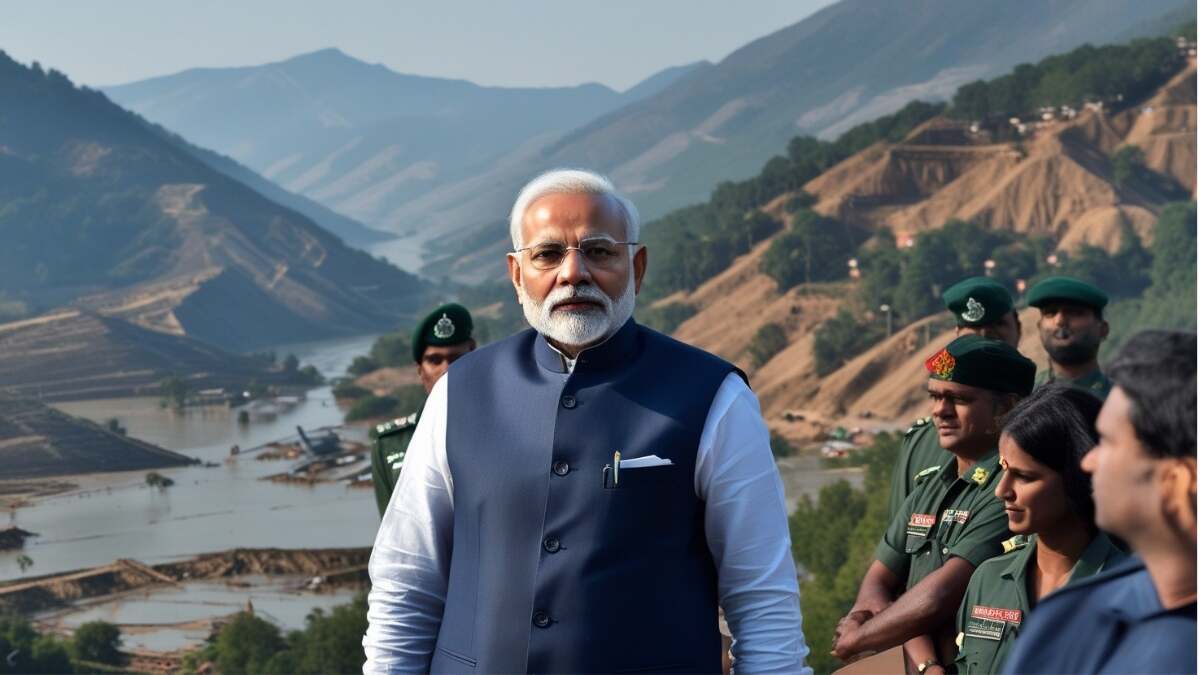India has requested that Russia reduce exports in order to maintain rupee-based trade and reduce the growing trade imbalance.
According to a government source, India has requested that Russia lower non-tariff trade obstacles, particularly those pertaining to agricultural and marine goods, and maintain the viability of the rupee trade before initiating free trade agreement (FTA) negotiations with the Moscow-led Eurasian Economic Union (EAEU).
India brought up Russia’s non-tariff barriers (NTBs) at the August EAEU-India discussions, claiming that they were hurting its exports and increasing the trade imbalance, making it hard to pay in rupees for Russian oil, the source added.
Armenia, Belarus, Kazakhstan and the Kyrgyz Republic are the other members of EAEU along with Russia.
“We have raised the problem that unless these NTMs (non-tariff measures) are fixed early, it will not give us the confidence that commerce will expand even if we conclude a trade agreement,” the person said, referring to the current momentum and desire, particularly on their part, to complete an FTA between India and the EU.
The United Nations Trade and Development defines NTMs as policy actions that may have an economic impact on international trade in products, outside from tariffs. They have a significant impact on commerce via information, compliance, and procedural expenses, even though many of them are intended to safeguard the environment or public health.
By using the proposed agreement to support rupee-based trade, New Delhi hopes to increase Indian exports to Moscow, the official said.
On August 20, the EAEU group and India agreed the terms of reference (ToR) to begin FTA talks in Moscow. ToR offers a structure for discussions.
The move coincided with rising commerce between India and the EAEU, which reached $69 billion in 2024—a 7% rise from 2023.
During Prime Minister Narendra Modi’s 2024 visit to Moscow, India and Russia also agreed to boost bilateral trade to above $100 billion by 2030.
The total value of goods traded between Russia and India in FY25 was $68.7 billion, up 5% from the previous year.
The Yuan problem
According to the source, India’s demand coincides with mounting pressure from merchants to pay for Russian oil in Chinese yuan, as over $60 billion in rupees accumulate in Vostro accounts annually as a result of the expanding trade gap favoring Moscow.
According to the source, India wants Russia to make it easier to list, comply with, and get permissions for facilities used for export or processing in agriculture and the sea.
Despite attempts to address the problem, around 69 marine units are still awaiting authorization.
The official said, “We must find means to balance the rupee Vostro account, which is likely to expand. The only way we can do so is to find ways to enhance Indian exports to Russia.”
With New Delhi having nothing to offer in terms of exports to Russia, a swelling Vostro account might render rupee-based trade unfeasible, hence increasing the trade imbalance.
When governments want to trade without using the US currency, particularly those like Russia that are subject to sanctions from the US and its allies, they employ Vostro accounts, which are a mechanism to store money in Indian rupees on behalf of a foreign nation.
Due mainly to New Delhi’s limited capacity to export enough to offset its expanding oil imports from Moscow, India’s trade imbalance with Russia increased to around $59 billion in 2024–2025, up 3.5 percent year over year.
In 2024–25, India’s exports were only $4.9 billion, with the biggest outbound shipments being fruits and vegetables, electronics, engineering items, and marine products. In contrast, Russia’s imports totaled $63.8 billion.
According to the source, Russia no longer wants to take Indian rupees and would rather use yuan or dirhams to cover the cost of increased imports from China and the United Arab Emirates.
The shortage of oil
According to the official, India buys Russian oil in a combination of rupees, yuan, and dirhams. To maintain rupee-based commerce, exports must rise.
This week, Alexander Novak, Russia’s deputy prime minister, announced that India had begun paying for a tiny portion of its Russian oil purchases in Chinese yuan.
Thanks to reduced pricing, Russia now supplies almost 35% of India’s total imports in this category, up from less than 1% before to the conflict in Ukraine.
Shortly after the February 2022 invasion of Ukraine, New Delhi began investigating a rupee settlement mechanism with Moscow.
To enable international rupee trading and maintain the flow of oil, Indian lenders created special Vostro accounts with Russian banks, such as Sberbank PJSC and VTB Bank PJSC.
Although India and Russia did settle their trade in rupees, the system did not work out as planned since Moscow amassed billions of rupees in excess as a result of a sharp increase in oil imports from New Delhi, which caused a trade imbalance to skyrocket.
Sergei Lavrov, Russia’s foreign minister, said in September 2023 that Moscow had billions of rupees in Indian banks that “sadly cannot be utilized right now,” but that India had suggested some potential investments for the funds.

